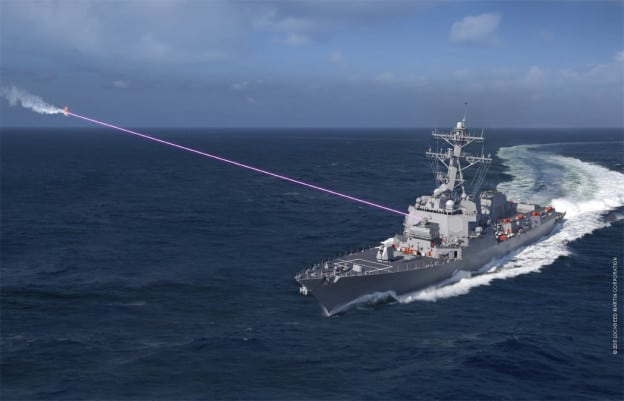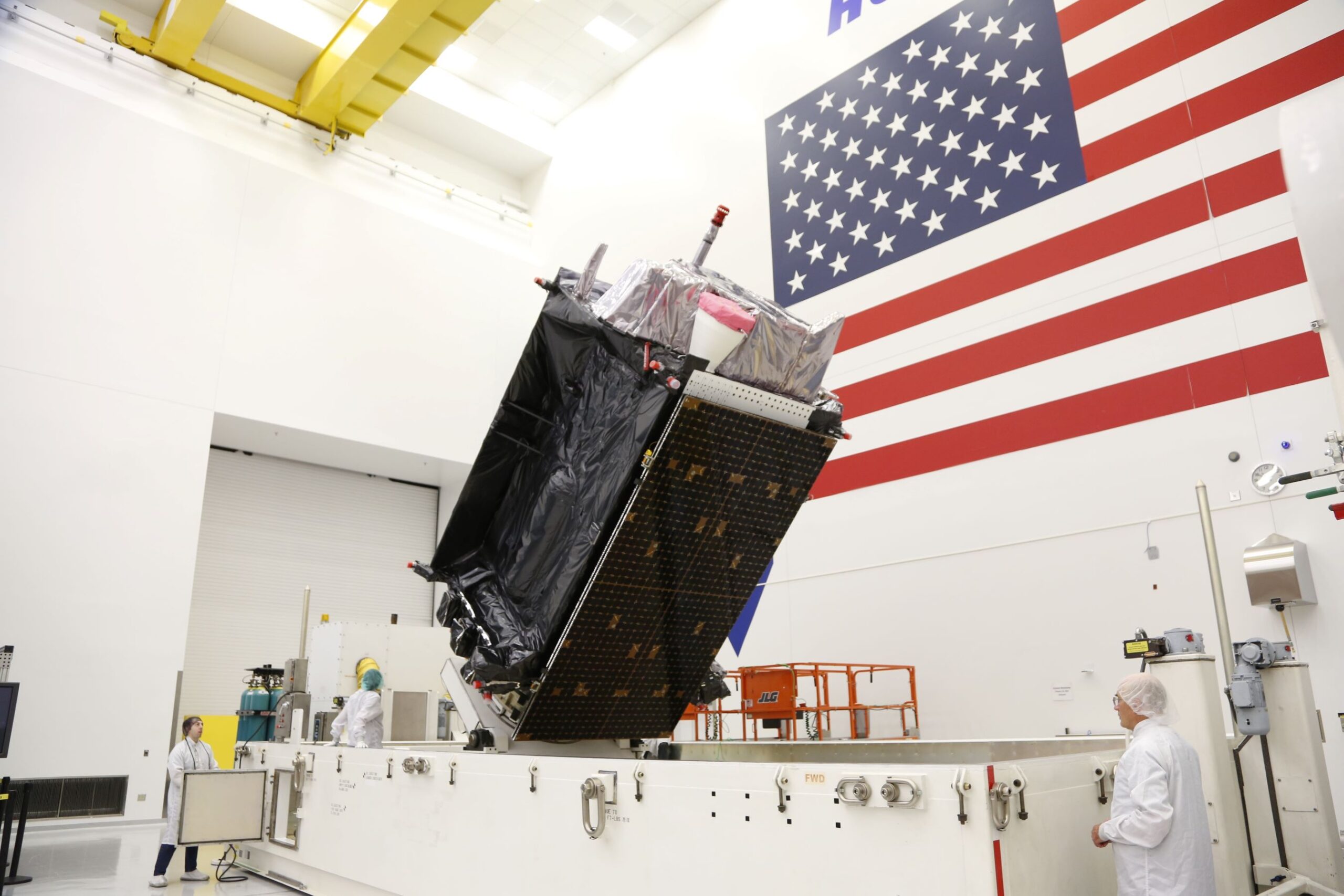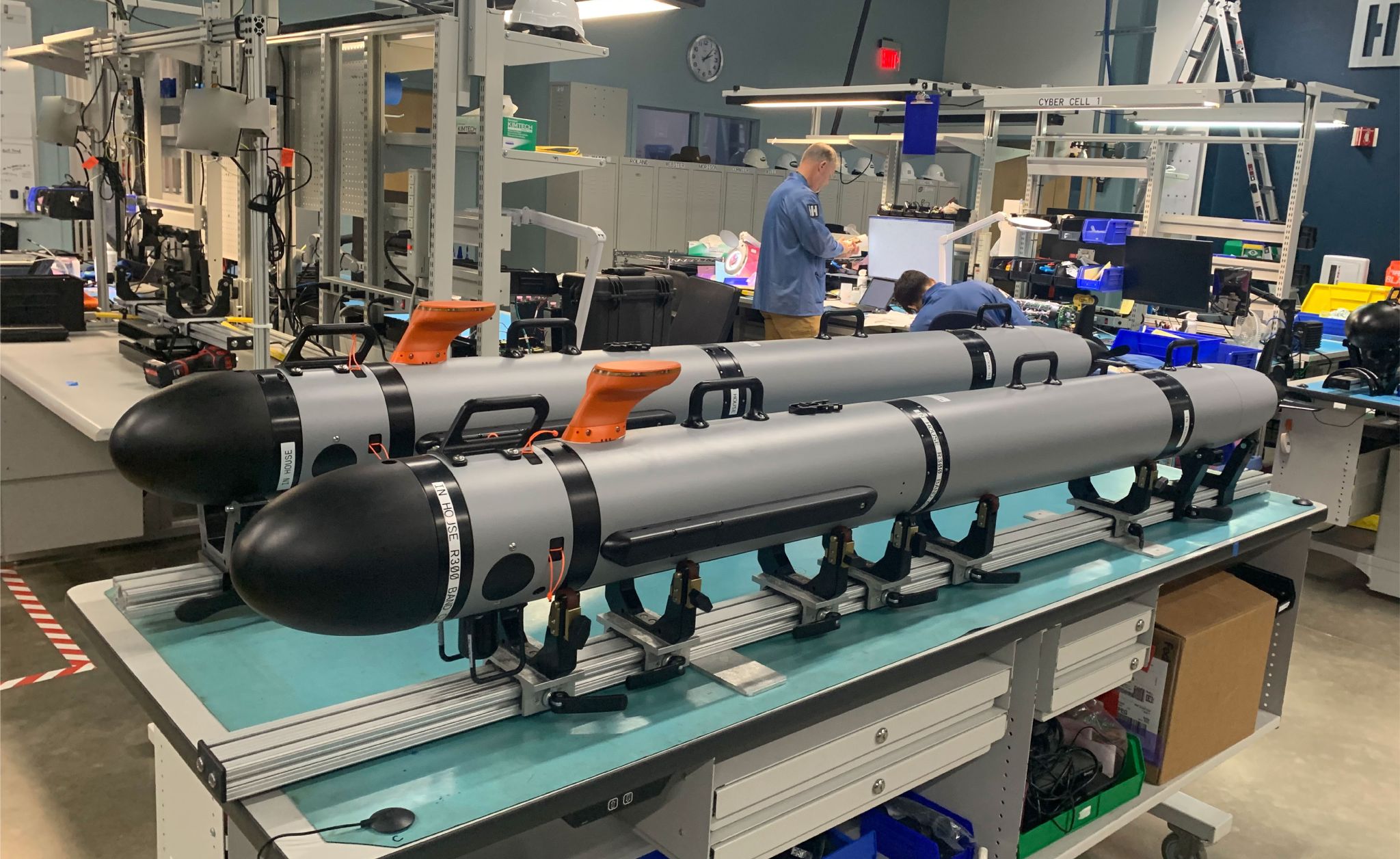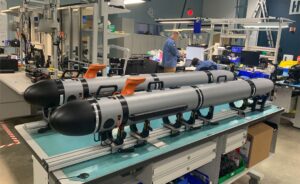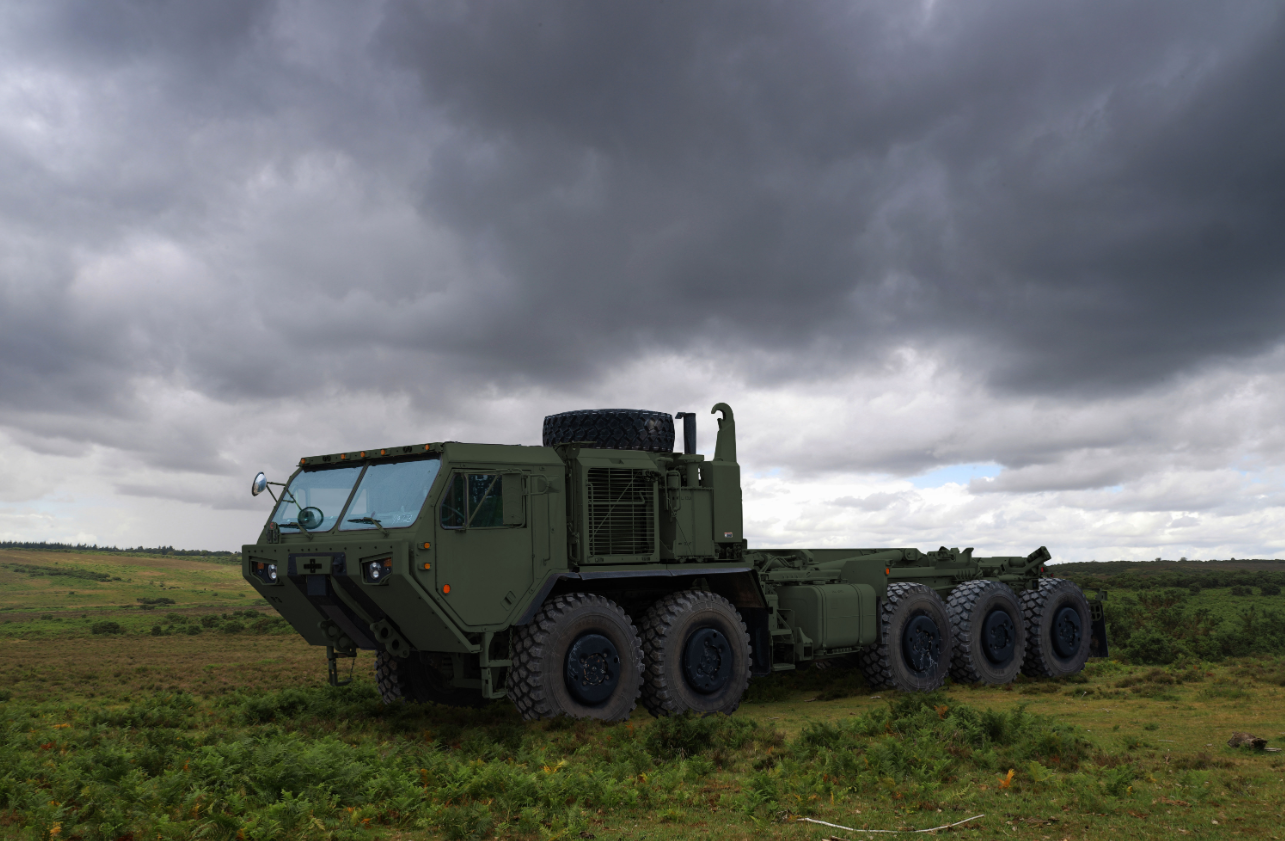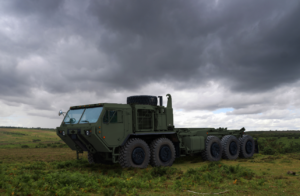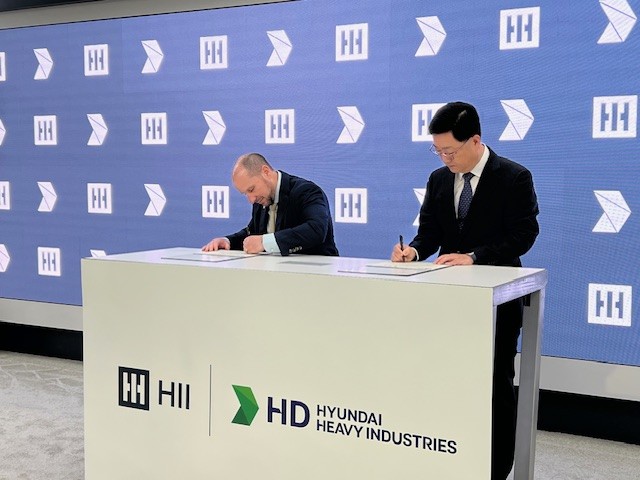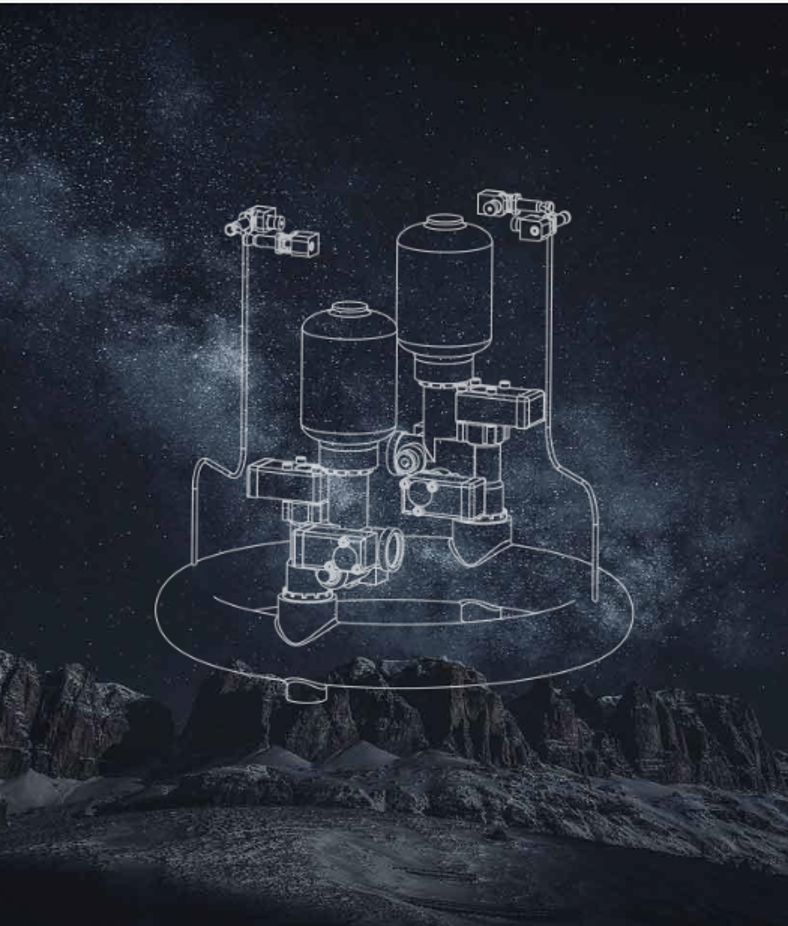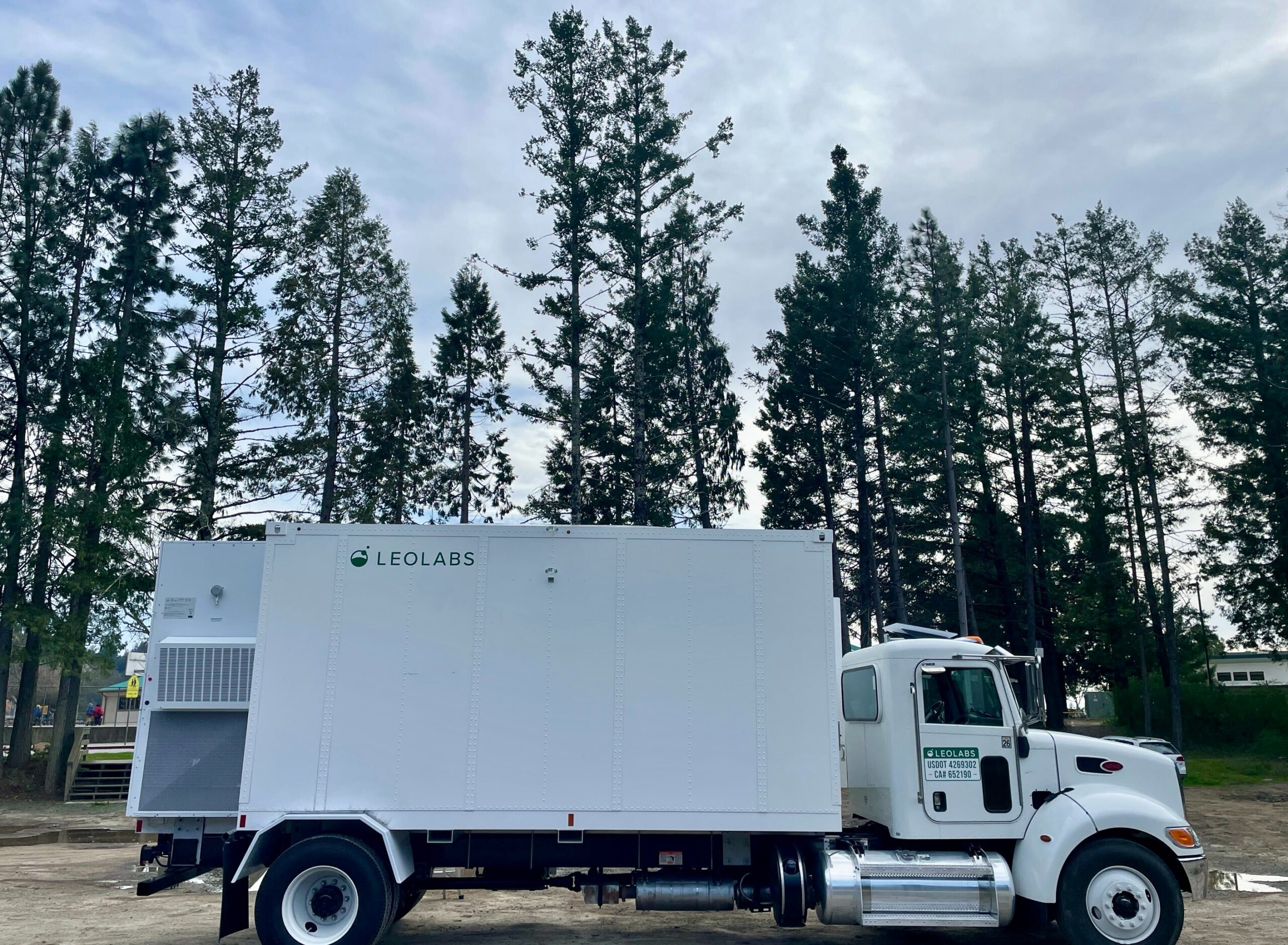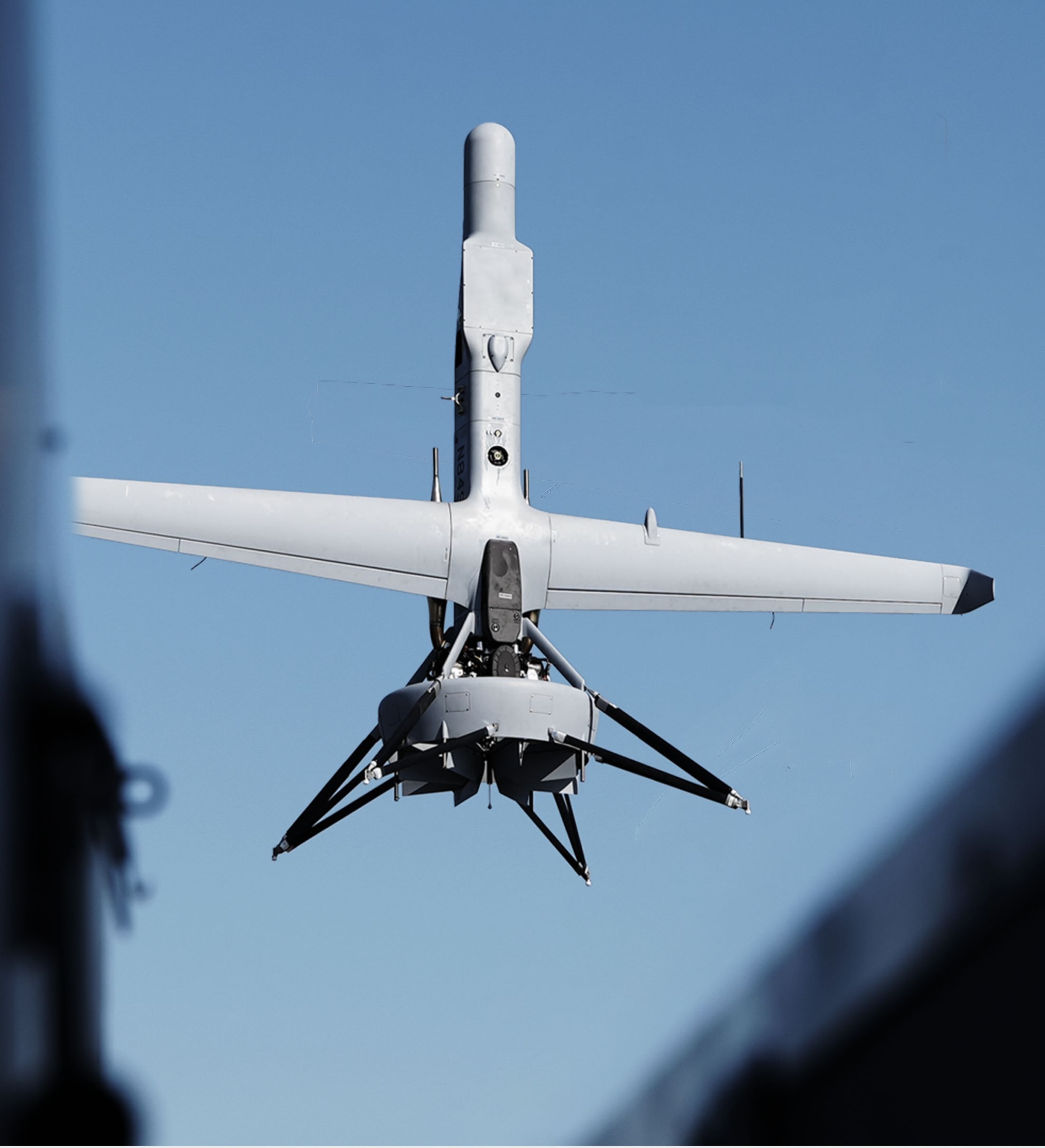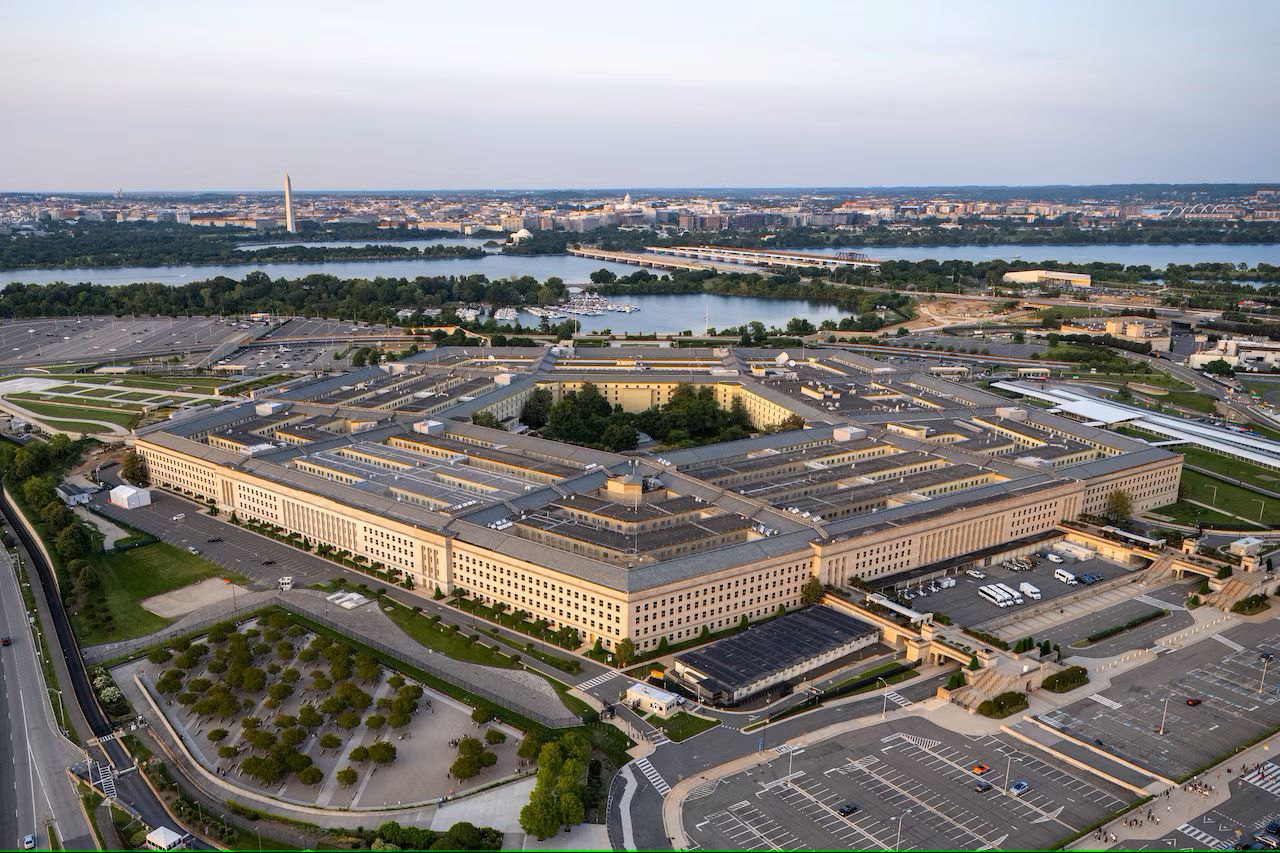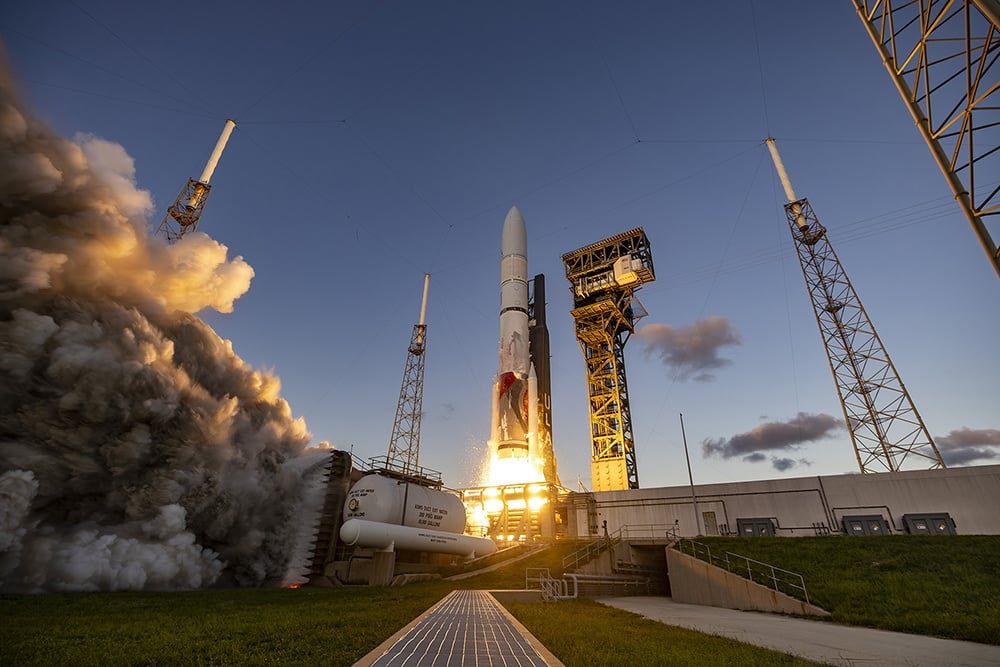NATIONAL HARBOR, Md. – The Navy’s top officer said he is not ready “to go all-in yet” on laser weapons without a more sure output while the Navy’s next-generation fighter is working its way through higher level decisions.
While the
Arleigh Burke-class USS Preble (DDG-88) has been testing the Lockheed Martin [LMT] High Energy Laser with Integrated Optical-dazzler and Surveillance (HELIOS), “I’m not ready to go all in yet on buying these things until I can have a relatively sure output in an action,” Adm. James Kilby, acting Chief of Naval Operations (CNO) and Vice CNO, told reporters here at the annual 2025 Sea-Air-Space expo.
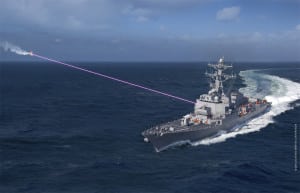
Kilby added there is no push to immediately deploy lasers, but he wants them to develop to the right level.
“There’s a push in activity. It’s for me not to buy something that doesn’t work, so I need to test it and make sure it’s actually actionable. I suspect it is. Preble will help me there, as well as the work [the Office of Naval Research] is doing,” he said.
Kilby noted while he is not concerned about expending current munitions to protect sailors and merchant shipping, “I am concerned about not having better ways to more economically attrite the threat.”
The Navy has used significant numbers of Standard Missiles to counter drones and missiles launched by Houthi forces in Yemen.
Even if Kilby doesn’t see counter-drone laser systems ready to deploy yet, the Navy decided to put more non-laser short-term systems on Carrier Strike Group 4 like the RTX [RTX] Coyote loitering munition and using five-inch rounds on drones.
Kilby also reiterated feeling remorse that as the former N9 from 2019 to 2021, he focused laser investments on higher end 500 kilowatt to one megawatt laser weapons to target missile threats rather than have “been thoughtful enough to think about UAV threat, where I think a much lesser power weapon would have done what we needed to do.”
In January, Kilby first said he regretted his higher energy laser development focus at N9. He also said the Navy has to catch up and use more lower cost self-protection alternatives the Navy has been testing and “everything’s open and on the table” (Defense Daily, Jan. 14).
On Monday Kilby added the Navy is adding capabilities to the Ford Carrier Strike Group that will have a most cost effective way to deal with the UAV threat, but the industrial base needs to improve for self-protection weapons and munitions overall.
“We have to get after the industrial base, our munitions industrial base, in the same manner we have to get after our ship building industrial base to increase more munitions.”
When asked if he thinks the Navy has enough munitions, Kilby responded, “I think we need more munitions. We certainly need the depth of magazine if we’re going to get into a protracted conflict.”
Separately, Kilby hinted the decision on awarding a contract for the Navy’s F/A-XX Next Generation Air Dominance (NGAD) fighter program is being mulled over by higher-ups at DoD and the White House.
“It’s a decision at the Secretary of Defense level and above and they’re working that now.”
Last month, Rep Rob Wittman (R-Va.) said the Air Force and Navy had previously briefed President Trump and Congress on the next Generation Air Dominance programs of both services (Defense Daily, March 18).
Days later, the Air Force awarded Boeing [BA] the contract to build that service’s sixth-generation manned fighter, dubbed the F-47 (Defense Daily, March 21).
The Navy NGAD competitors are Boeing, Lockheed Martin [LMT] and Northrop Grumman [NOC].
Last October, former CNO Adm. Lisa Franchetti said the Navy was still moving forward with its sixth-generation fighter to start operating in the 2030s while the Air Force paused its program at the time over cost and capability concerns (Defense Daily, Oct. 7, 2024).
